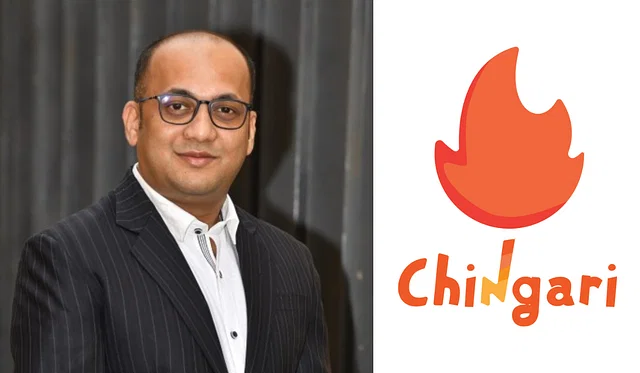Short video platforms like Chingari and Josh anticipate live commerce (or quick comm) to factor in heavily in their revenue stream soon.
After launching livestream shopping or live commerce feature in November 2020, tech giant Meta has decided to pull the plug. The concept is simple. Live commerce combines instant purchasing of a featured product which a creator showcases and audience participation through a chat function or reaction buttons. Meta didn’t see a significant business pick, so, in September 2022, it announced that it will gradually shift away from the ‘shopping’ feature in its social media platforms.
The company will be removing the ‘Shop’ tab from Instagram this month. It will now focus more on ‘Reels’ on both Facebook and Instagram. However, Meta isn’t the only tech giant opting to move out of the live commerce space. TikTok also announced that it won’t be expanding the business.
It’s worth noting that Meta didn’t exactly push the live commerce business in India to begin with. Users can only find the ‘Shop’ option when they view a brand’s profile on the app.
Live commerce may not be even relevant for Meta and other global tech companies when it comes to India. But, for Bharat first social media platforms, primarily short video platforms, live commerce is the ‘in thing’. The social commerce market in India is expected to touch nearly $70 billion in 2030, industry experts share.
Akshay Gurnani, CEO and co-founder, Schbang, opines that the opportunity that live commerce presents for social media platforms, is immense. “Platforms like Meta may be de-prioritising the ‘Shop’ tab by giving more importance to ‘Reels’, as the latter will understandably drive more advertising revenue for them. But e-commerce platforms like Myntra or Flipkart, or home-grown social platforms like ShareChat, Chingari, Josh, etc., are embracing live commerce because the traffic they attract comes with the intention of product discovery.”
In a chat with afaqs!, Deepak Salvi, co-founder and COO, Chingari, shares that they feel that the demand for live commerce is much higher in Tier-II/III cities. The large chunk of the audience for Chingari, like many other Bharat first short video platforms, hails from these cities.

Salvi says that influencers have a much stronger connection with local audiences in smaller cities. This, coupled with the limited presence of major fashion brands in smaller cities, opens up a strong live commerce proposition. “We are currently experimenting with (developing) an AI/ML that can scan video content pixel by pixel. It can share, with the user, what the influencer is wearing in the video. This data is also shared with our e-commerce partners.”
Salvi believes that live commerce could become a significant revenue builder for the company in the not-so-distant future. He anticipates live commerce to contribute about 15% to their revenue soon, once the infrastructure is in place.

